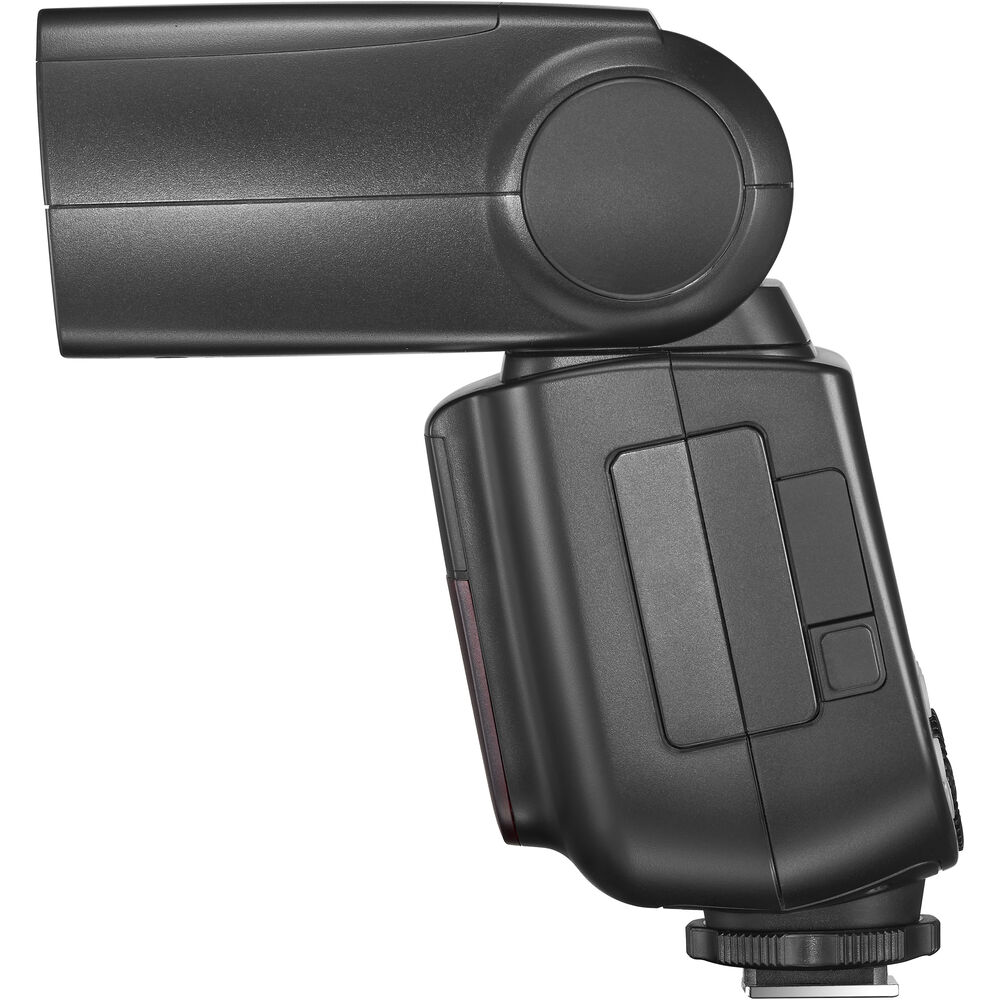
High-Speed Sync (HSS) is a powerful feature that allows photographers to overcome the limitations of standard flash synchronization speeds. With HSS, you can achieve proper flash exposure even when using a fast shutter speed. In this article, we will explore the concept of High-Speed Sync and how to utilize it effectively with a detachable camera flash.
- Understanding Flash Synchronization Speed
To understand the significance of High-Speed Sync, it’s important to first grasp the concept of flash synchronization speed. The synchronization speed, often referred to as the “sync speed,” is the fastest shutter speed at which your camera can fully synchronize with the flash. This is typically around 1/200th to 1/250th of a second for most DSLR cameras.
When shooting with a standard flash, if you exceed the sync speed, you will see a dark band across your image where the flash did not fully illuminate the frame. This limitation can be frustrating, especially when shooting in bright ambient light or when striving for a shallow depth of field.
- Introducing High-Speed Sync (HSS)
High-Speed Sync (HSS) is a technology that enables photographers to use a detachable camera flash at shutter speeds faster than the sync speed. HSS works by emitting a series of rapid bursts of light from the flash unit, ensuring even illumination throughout the entire exposure.
With HSS, you can effectively freeze motion, achieve a shallow depth of field, and balance flash and ambient light in various lighting conditions. This opens up a whole new world of creative possibilities for photographers.
- Activating High-Speed Sync
To activate High-Speed Sync, follow these steps:
a. Check Compatibility: Ensure that your camera and flash unit support High-Speed Sync functionality. Refer to the user manuals or manufacturer’s specifications to confirm compatibility.
b. Enable HSS Mode: On your camera’s menu or flash unit’s settings, find the HSS mode option and enable it. The exact location and terminology may vary depending on your camera and flash model.
c. Set Shutter Speed: With HSS activated, you can now set your desired shutter speed, even beyond the sync speed limitation. However, keep in mind that the effective flash range may decrease as the shutter speed increases.
- Benefits of High-Speed Sync
High-Speed Sync offers several benefits for photographers seeking greater control over their lighting:
a. Overcoming Sync Speed Limitations: The primary advantage of HSS is the ability to sync your flash with your camera at any shutter speed, without the need for additional equipment or techniques like neutral density filters.
b. Freezing Motion: By utilizing faster shutter speeds, HSS enables you to freeze fast-moving subjects, such as sports, wildlife, or action photography, while still using flash to properly illuminate the scene.
c. Shallow Depth of Field: When shooting wide open with a large aperture, HSS allows you to maintain proper flash exposure while using faster shutter speeds. This is particularly useful in portrait photography, where a shallow depth of field is often desired.
d. Balancing Flash and Ambient Light: HSS provides greater flexibility in balancing the intensity of flash and ambient light. This allows you to create more natural-looking images, especially in situations where the ambient light is brighter than the flash.
- Considerations When Using High-Speed Sync
While HSS opens up a range of creative possibilities, there are a few considerations to keep in mind:
a. Flash Power: When using HSS, the flash output decreases as the shutter speed increases. This means that you may need to be closer to your subject or increase the flash power to produce the desired amount of light.
b. Battery Drain: HSS requires a higher amount of power from your flash unit. Be prepared for increased battery consumption, and ensure you have spare batteries on hand.
c. Effective Range: The effective range of your flash may decrease when using HSS. The burst of light emitted during HSS is not as powerful as a single flash burst, resulting in a shorter effective range. Keep this in mind when positioning your flash and consider using additional flashes or light modifiers to compensate.
d. Light Modifiers: Certain light modifiers, such as umbrellas or softboxes, can decrease the amount of light reaching your subject. When using HSS, you may need to adjust your flash power or position your modifiers closer to maintain proper exposure.
- Creative Applications of High-Speed Sync
Now that you understand the basics of High-Speed Sync, let’s explore some creative applications:
a. Outdoor Portraits: HSS allows you to shoot portraits with a wide-open aperture, even in bright daylight. This creates a pleasing shallow depth of field while maintaining proper exposure on your subject.
b. Action Photography: Capture fast-moving subjects with sharp detail by combining high shutter speeds and flash. Whether it’s sports, wildlife, or street photography, HSS enables you to freeze the action while adding a pop of light to your images.









